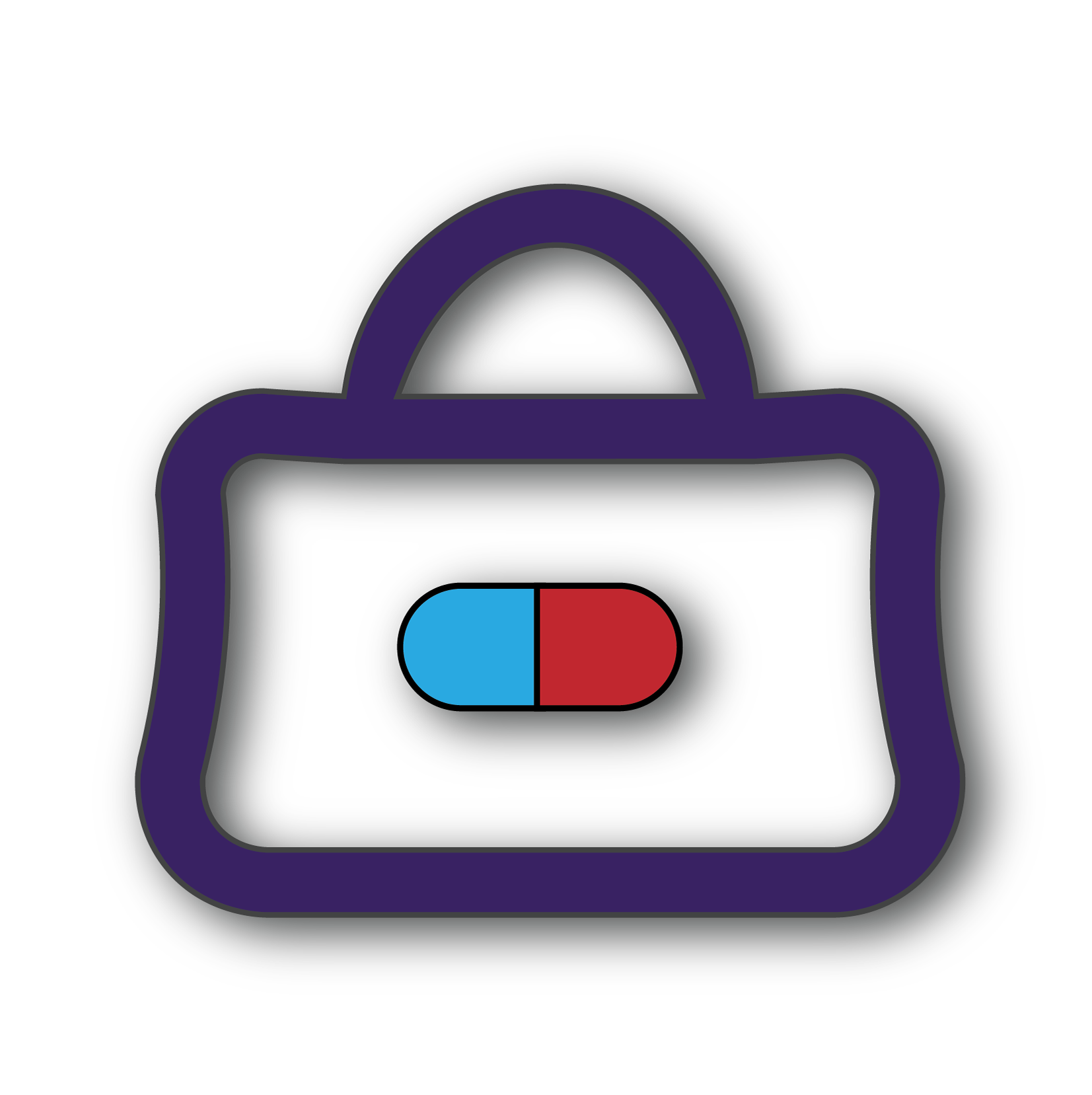DESIGN THEORY
DESIGN PLASTICITY
Design should move. It should adapt, shift, and grow. I love the concept of design plasticity—the ability to reshape without losing structure. Inspired by space plasticity in architecture, I design with fluidity in mind. Branding that bends without breaking. Layouts that evolve. Systems that stay strong, no matter how they change.
But more than that, design plasticity breaks closed thinking. In engineering, the difference between asking, "How do we get across the water?" instead of "How do we build a bridge?" opens up new solutions. Design should focus on the problem statement, not the assumed answer. The best ideas come from questioning the question itself.
INSIDE OUT
Good design isn’t just flexible—it’s informed. Every design choice adds to a system of operations. That system should serve people, not the other way around. But corporate structures design from a distance, shaping policies for a world that doesn’t exist. I design differently.
If I’m making a menu, I get behind the cash register, take orders, and cut unnecessary steps. When I worked in radio, I got behind the mic and made my own track—not just to understand the process, but to see what was worth showcasing, what added value, and how to shape a message.
But immersion isn’t always enough. When I create a system, I know its functions inside and out—a new user does not. That’s when real-world observation matters more than personal experience. Don’t wait for a review, a secondhand account, or a formal report. Watch where people look first. Listen to what they actually say. Design isn’t about dictating how something should work—it’s about seeing how it does. The best solutions come from the inside, not from the top down.
AUTOMATION ASSISTED HUMAN ACTIVITY
Automation should aid people, not replace them. When AI took off in 2023, companies rushed to automate the art itself instead of the work around it—marketing, sales funnels, funding. They stripped out the part people loved most, gutting creative teams to churn out eerie, half-baked production.
Automation should start by removing the least enjoyable tasks. Happy people are productive people. It should eliminate inefficiencies—task switching, wait time, defects, handoff errors—not human expertise. A company’s most valuable resource isn’t production; it’s people. Layoffs break trust. Experience and loyalty can’t be restored once lost. When people are in constant fear of being replaced, with their stability hanging by a thread, they can’t perform at their best.
Productivity isn’t about pushing people harder—it’s about designing better systems. If automation reduces workload, it shouldn’t be used to cut costs but to reinvest in people and scale production. Design isn’t just about output; it’s about creating an environment where people can live their best lives.
